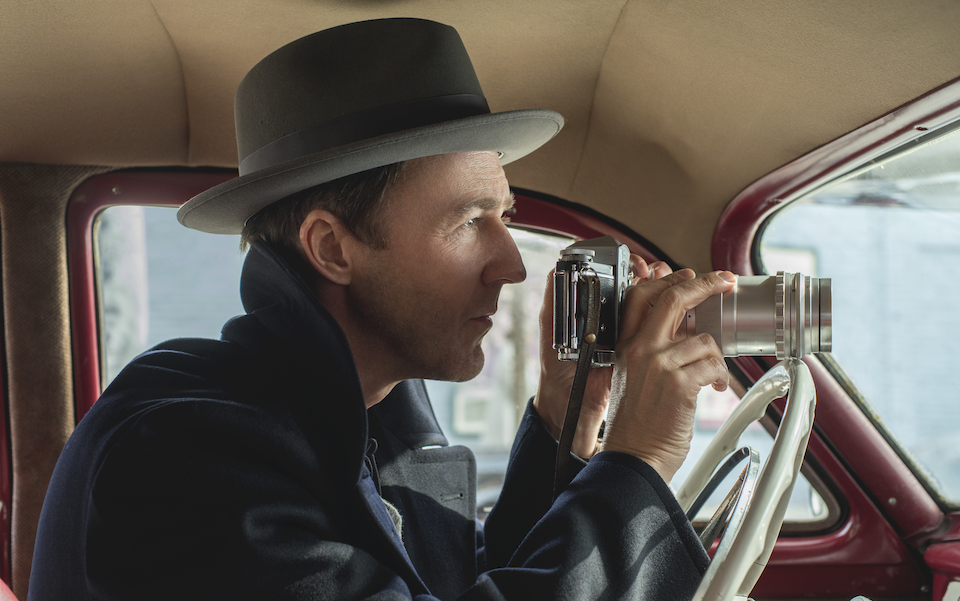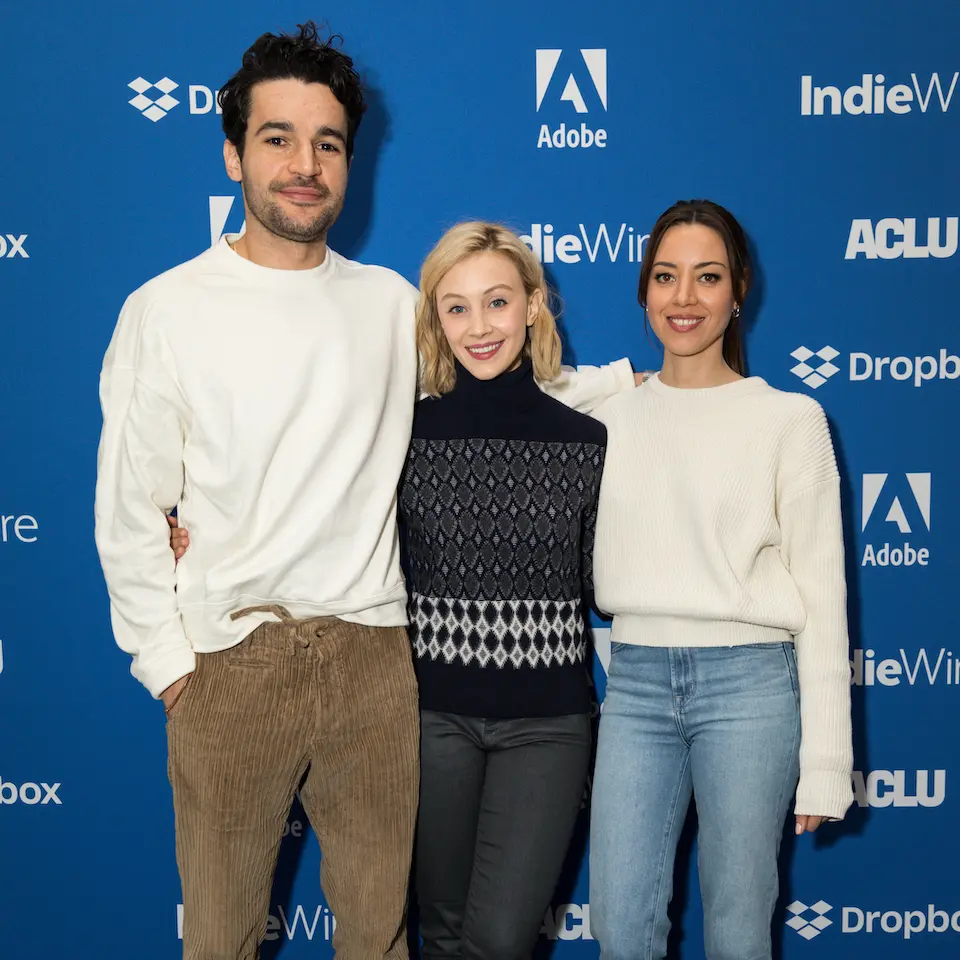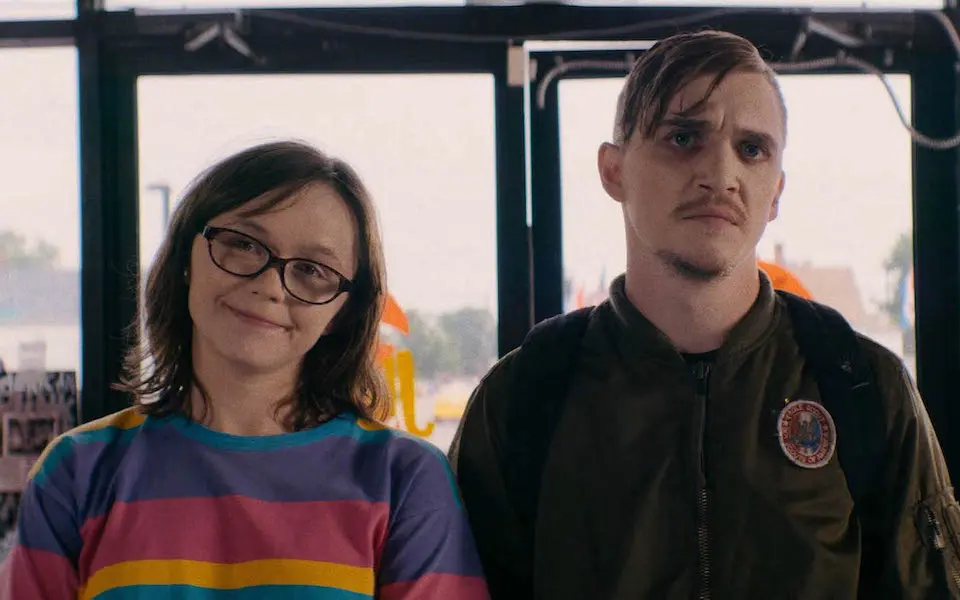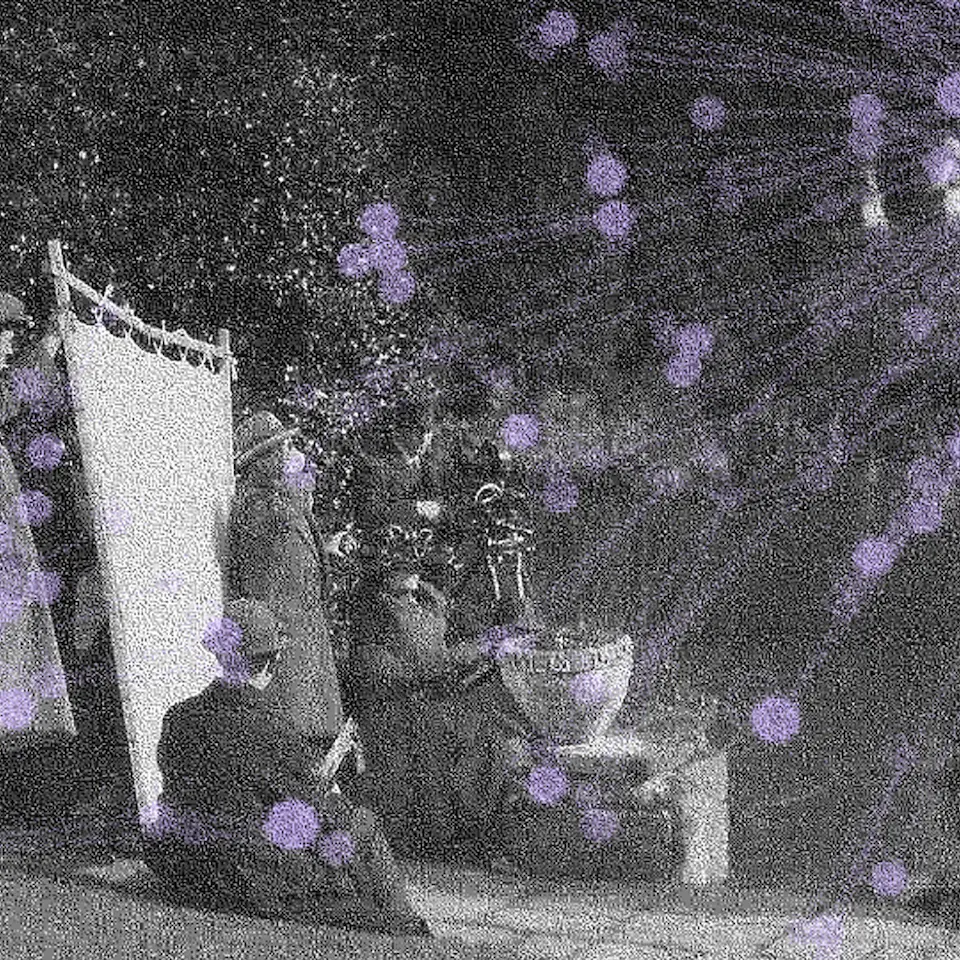
Sundance 2021: How a grand experiment is making the festival more expansive
Published on January 25, 2021
Within days of becoming the new Director of the Sundance Film Festival, Tabitha Jackson faced a plot twist no one expected.
Lockdowns turned the world upside down. Theaters across the country closed. Gathering in crowds became risky. Traveling by plane felt like a last resort.
All of the elements that fuel a festival suddenly seemed to evaporate. Filmmakers, studios, and movie fans waited and worried. Was it time to press pause—or push ahead in a new direction?
“When the extent of the pandemic was revealing itself in early spring, and we knew we wouldn’t be able to proceed as we’d expected, there was a nanosecond of us asking the question, ‘Do we still go ahead with the festival?’” Jackson recalls. “And the answer was yes. Because in a moment like this, when the festival stands for community, it felt that a festival wasn't a frivolous endeavor. It actually is meaningful. If artists could make work, then we would wish to be there to amplify that work and try and carry it to audiences and gather the community.”
Then the question was: what could the festival look like?
“If artists could make work, we wish to be there to amplify that work, carry it to audiences, and gather the community.”—Tabitha Jackson
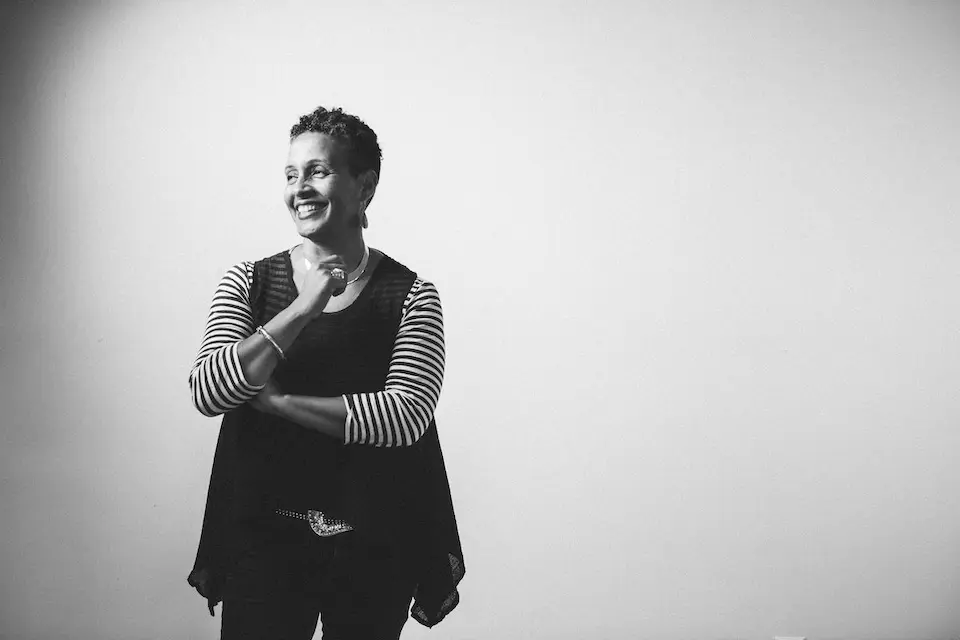
Tabitha and her team began planning for three possible scenarios. At the optimistic end of the spectrum, the virus would go away, and 120,000 people could gather as usual in the small mountain town of Park City, Utah. At the other end was not being able to gather at all, building a new festival platform and doing it all online. In between was a combination of both worlds: an online platform with limited in-person gathering where it's safe.
Capturing the energy of a world-famous festival
Deep into the second wave of the pandemic, the team decided on a vibrant, rich, festival platform online. The goal was to make it feel more like a festival than simply something to stream.
Amma Okwara is the Digital Product Owner at the Sundance Institute, and she helped make that possible. When she joined the Sundance team in September 2019, she was focused on new digital products to supplement the in-person festival.
“Then March 2020 happened and we all started working from home,” she says. “Quickly our priorities changed to roll out an online festival. So my product has become this online festival platform.”
When the dynamic flipped, it raised a lot of questions. What does it look like for an artist to attend this premiere and feel the energy of the crowd before the premiere starts? What is it like for industry reps to feel the energy of the crowd after the premiere is finished? How do you balance all of those things? “With some intangibles, it becomes a lot more difficult,” Okwara explains. “It was a very challenging problem, but it was neat to dig into that together.”
Every year, the streets, restaurants, bars, and theaters of Park City are filled with people who look forward to the serendipity of bumping into old friends. So the team began to ask: How can we replicate that experience online?
“It took a lot of mindset shifts,” says Okwara. “I was running some design thinking sessions, brainstorming sessions, and conversations about those sort of intangibles. What is it like to run into someone on a bus? How do you [recreate] that online? We tried to change from copying what the person experiences to reinventing what an online experience could be.”
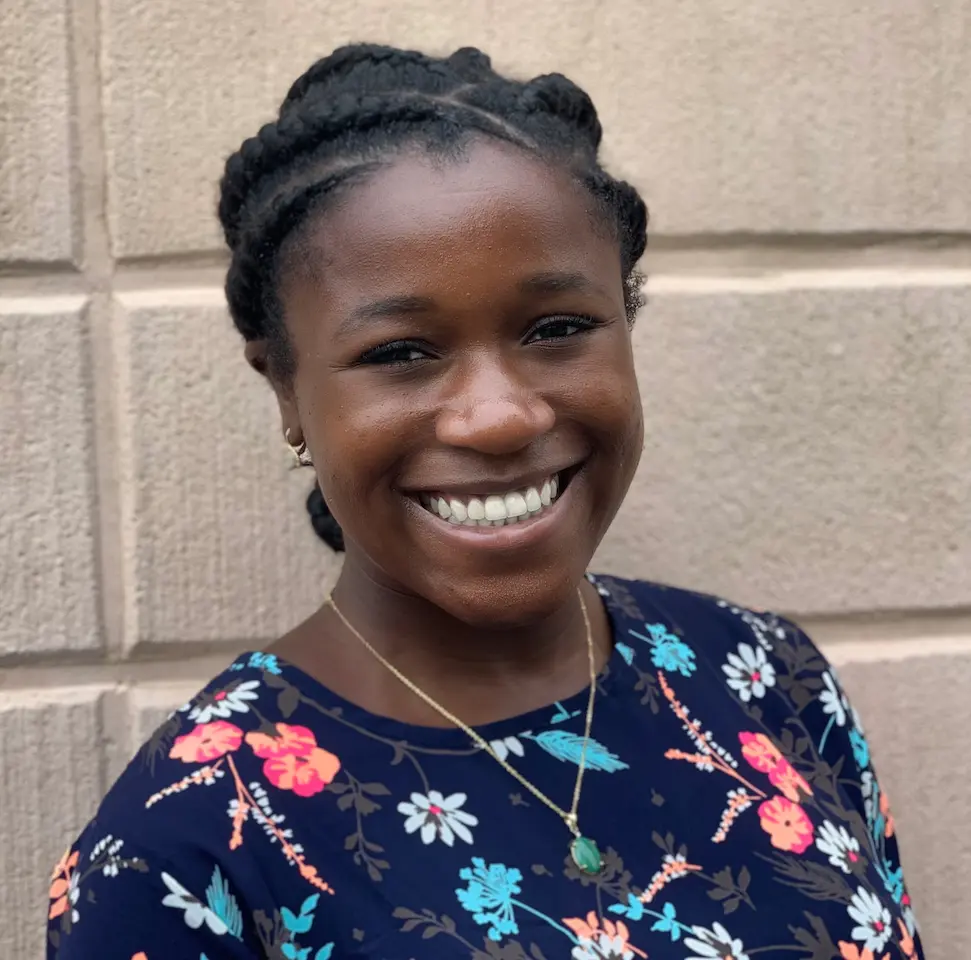
“We rolled out screening tests [and] hosted a weekend-long mini festival. It was really cool. You could tell there was an appetite for it .”—Amma Okwara
As they sorted through that, the team began looking for inspiration from other film, media, and music companies to see how they were tackling these issues.
“We also rolled out screening tests of our own,” she explains. “We hosted a weekend-long mini festival. It was really cool. You could tell there was an appetite for it because everyone's been locked at home. A lot of times, it was more about the simple things, like being able to see a filmmaker on a live video. It still felt like you were having a conversation after the film, because you have this glow after you've seen a great film. Even though they're not right in front of you, that emotion does stay there. Through those tests, we were able to get everyone on board with reinvention versus copying.”
Staying organized after you decentralize
Like many other companies this year, the Sundance Institute went from having just a few offices—one in New York, one in Park City, one in Los Angeles—to having hundreds scattered across the country in the home offices of the team members.
“That means communication is so key,” says Jackson. “It’s almost impossible to over communicate, although people always feel there's a conversation happening somewhere that I wasn't part of. It's like, ‘No, you're not out of the loop. There just isn't a loop. They're just little dots.’ We somehow need to bring that together.”
Ideating around a huge live event with multiple people skilled in specific areas can lead to a proliferation of meetings—especially when you’ve decided to do things completely differently. “If you're not careful, you can end up only having meetings and not doing any actual thinking or imagining.”
Collaborating across time zones meant needing tools that let them work asynchronously. “The tools that became indispensable to us this year have been Zoom, Slack, and Dropbox. You need the ability to find things when there are 20 Slack threads instead of one inbox. When someone says ‘Oh, I sent you a message… or was it an email? Was it a WhatsApp? Was it a tweet? Was it a Slack? Which Slack channel was it? Having a repository, the source of truth, a place where you can gather things and make meaning—that was something that needed to happen.”
Grand experiment or new paradigm?
“This is an experiment this year,” says Jackson. “The challenge was how do you get over your own disappointment and the disappointment of all the people who work on the festival and audiences who've come every year? How do you get over the disappointment of it not being the festival we would wish to have had as we're planning it, to the liberation of ‘You know what, the budgets gonna be a lot smaller, but the ideas therefore need to be bigger, and we can do anything we want.’ The only thing we can't do is not try.”
One of the boldest of this year’s experiments is a platform called New Frontier, which allows people to gather, watch, and discuss XR experiences.
As part of their grand experiment, they gave themselves permission to fail. “Some things aren't going to work because we're trying a lot. We're trying to maintain the energy of the festival by rolling out films in a certain way and making sure we have human connection by having a live Q&A for everything.”
One of the boldest of this year’s experiments is a new platform called New Frontier, which allows hundreds of people to gather, watch, and discuss XR experiences. “It's the very definition of when we talk about Sundance as a place for imaginative possibility,” says Jackson. “Shari and her team ran with that and built this extraordinary thing.”
Jackson says it’s too soon to say which experiments will become part of a new paradigm. “But there are things I would find inconceivable to pull back on, the main one being the reach of the festival, and the accessibility for people who, for whatever reason, physical, geographical, financial, could never think of coming to Sundance Film Festival on the mountain.”
Now more people than ever can experience their first Sundance and be part of the conversation as the first audience to see premieres. “Everyone who sees these films, or these talks and events and panels can play a role in carrying them further out into the culture. So why would we ever go back on that?”
Jackson’s new vision created the opportunity to rethink their environmental footprint as a programming team that travels the world to meet filmmakers. “This year, we had a virtual visit to Africa, where we met a ton of filmmakers we never would have if we were trying to get around physically. Now, as a global society, we’re more used to thinking of [virtual visits] as the first kind of interaction.”
Inhabiting different perspectives
This year’s changes also make it clear what can't be replicated online.
“There’s something in being together, hearing the laughter of an audience when a film is playing," says Jackson. But she hopes that by reaching a wider community—"one full of multiple perspectives, multiple languages, whether that's the language of cinema, or the language we speak to each other"—the festival can add to a larger conversation happening in the world.
“There are things that we share that make it obvious how connected we are,” Jackson says. “What we share is the air we breathe. At a time when there is such division in the world, [it’s about] getting to a place where we respect the difference. It's the difference that adds value. It's not that everyone needs to think the same. It's the opposite. It's that we can inhabit different perspectives, and come together through that. It's ‘Oh, you see this from where you are? I see this from where I am. So I see something different. Therefore, what does that mean for us?”
Jackson thinks that question is embodied in the physical shape of this year’s festival “by having it not simply be audiences who have managed to get to the top of the mountain to see these films in Park City. It's also audiences from around the US. The accessibility and ability to encounter these films for the first time from where they are from, makes me very excited to see what's going to come out of it.”
To check out the Sundance Film Festival’s new online platform, visit festival.sundance.org
To read about the making of this year’s films, visit our Sundance 2021 Featured Collection.

